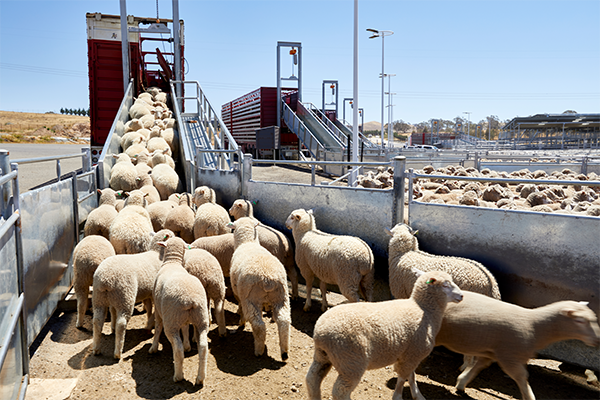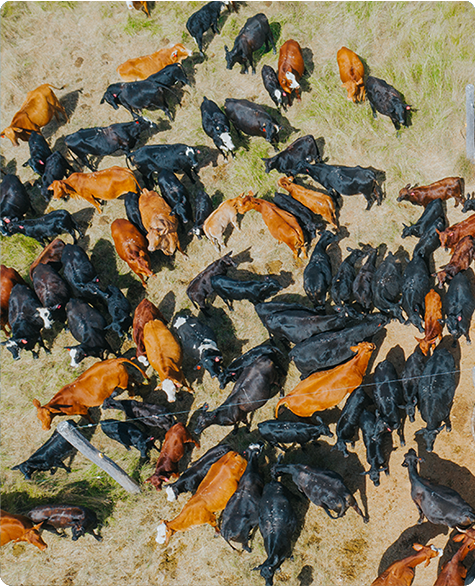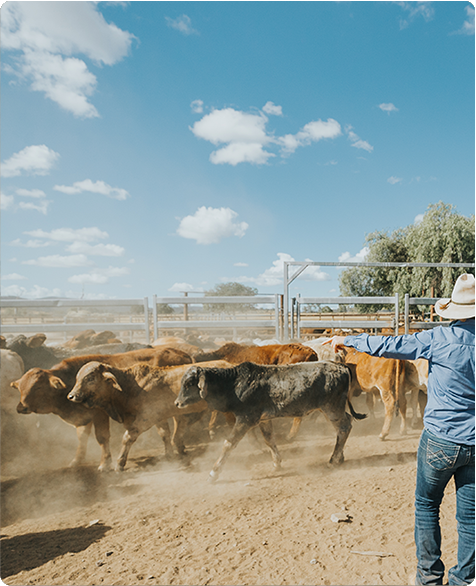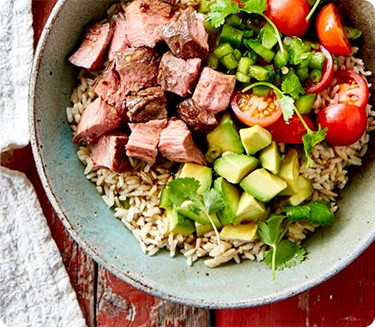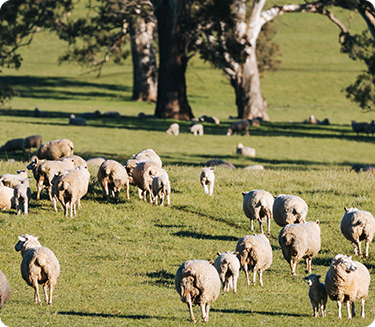Ensuring good animal health and welfare on trucks and trains means transport operators:
- Assess livestock to make sure they’re fit to load
- Maneuver vehicles as smoothly as possible and avoid sudden starts and stops
- Move livestock calmly on and off transport using low-stress stock handling techniques.
How often do Australian livestock get rest breaks during transport?
For most cattle and sheep, the maximum time period they can travel without a rest break is 48 hours. This length of time has been shown in scientific studies to have no adverse effect if animals are well hydrated before and after transport. Once 48 hours has been reached, livestock must be rested and have access to food and water for at least 36 hours.
Certain classes of animals (such as pregnant or young animals) or conditions (such as hot, dry weather) can mean animals are provided with more frequent access to water to maximise their wellbeing.
Which animal welfare regulations must Australian transporters follow?
Consumers are placing increasingly higher expectations on the Australian red meat and livestock industry about how animals should be cared for. In response, animal welfare standards and government regulations have become more stringent.
Transporters must follow legislated animal welfare regulations which are informed by the standards within the Australian Animal Welfare Standards and Guidelines for Land Transport. These standards include the maximum period of time that each livestock species can be held off water during transport.
In addition, the trucking industry has proactively developed TruckSafe’s Animal Welfare – a quality assurance program to demonstrate its commitment to best practice animal welfare. The program focuses on the humane transportation of livestock, preventing disease, stress and contamination, maintaining traceability and ensuring the quality and safety of the final meat product.
Did you know?
- Livestock are densely packed on transport to protect them from injuries that can occur due to the motion of the truck or train. Too much space between animals can increase the probability of falls and injuries.
- Loading densities are primarily determined according to body weight, but transporters will also consider species and class, wool or hair length, horn status and weather conditions.
- The CSIRO is working with the Australian Government to identify roads for upgrades that would improve the Northern Australia cattle supply chains. The Transport Network Strategic Investment Tool (TraNSIT) is helping to reduce travel time, distance and cost for livestock transporters.


